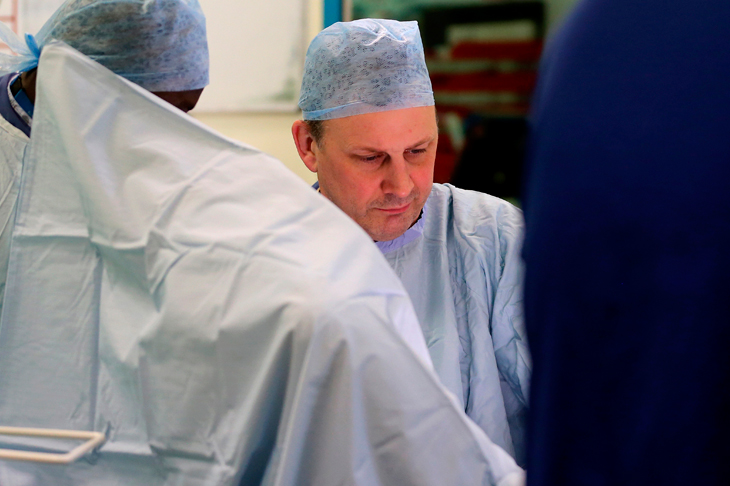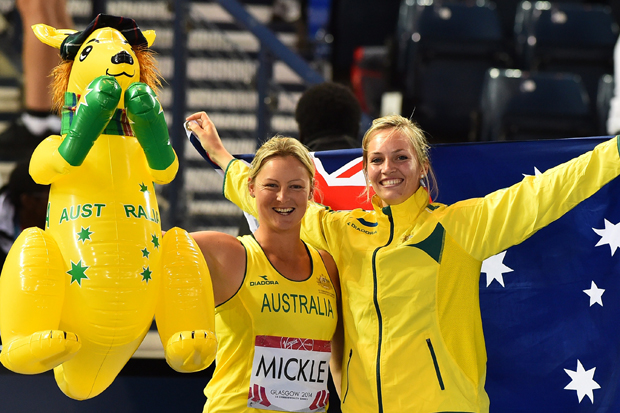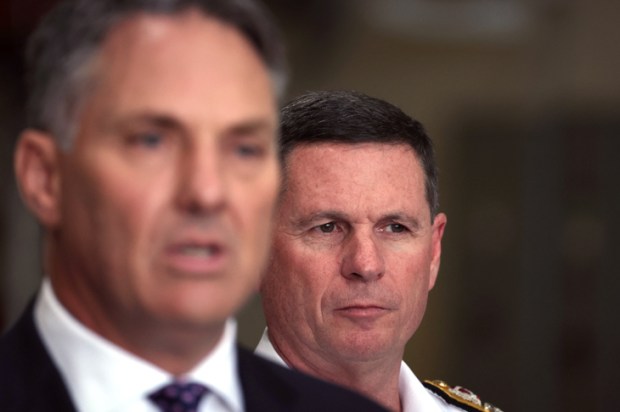Malcolm Turnbull almost lost an election because he had no health policy. Bill Shorten and Labor’s blatant, fabricated ‘Mediscare’, claiming secret Coalition plans to privatise Medicare, succeeded because Turnbull left a vacuum that Labor dishonestly filled.
With Treasurer Scott Morrison’s first post-election budget – the time in the electoral cycle where tough stuff is done – and a new health minister in the energetic Greg Hunt, there’s a big opportunity to phase out a measure that now brings little return for the billions spent on it: the private health insurance rebate.
The 30 per cent PHI rebate was introduced by the Howard government almost 20 years ago. From 2004, higher rebates were given to punters aged 65 and over as a ‘reward’ for doing the right thing by themselves (translation: not voting for nasty Mr Latham).
It was so popular that in 2007 Kevin Rudd promised not to touch it. Only later the Rudd government imposed means tests to pander to Labor’s ideological hostility to private health. By 2013, Labor also linked PHI rebate increases to CPI rather than premium changes, meaning the real out-of-pocket cost of cover increased even more. The Abbott government said it couldn’t remove Labor’s rebate cuts due to the inherited budget emergency.
Even so, the rebate still costs almost $6.5 billion this year, $25 billion over the four-year budget period. It’s a heck of a lot of money in a budget under perpetual debt and deficit stress, and unaffordable when the first priority of a sensible, prudent Coalition government’s first post-election budget should be eliminating waste.
You may think this political madness for a conservative government, but a case for ending it has three parts.
First, the rebate was introduced to deal with an emergency that has passed. When John Howard thrashed Paul Keating in 1996, PHI had been in an accelerating death spiral since Medicare started in 1984. Competing with free public hospital treatment, private health insurance membership dropped from well over 60 per cent of Australians in the early 80s to barely 30 per cent in 1997. Howard’s original PHI subsidy was too small to stop the slide: it took the 30 per cent rebate to have any real effect.
But the rebate wasn’t all of then health minister Michael Wooldridge’s PHI rescue plan. It became the carrot to attract and retain new members, allied with two big financial sticks: Lifetime Health Cover – a premium loading for those taking cover after the age of 30 – and a Medicare Levy Surcharge on people with decent incomes who refuse to insure.
Together, carrot and sticks did their job magnificently. They stemmed the coverage slide, and when Lifetime Health Cover was introduced in 2000 there was a single, dramatic, jump of 13 per cent. Participation rates have ever since stayed in the mid-to-high 40s, in the process significantly relieving demand pressure on public hospitals beds, and revitalising the private hospital industry.
What Labor’s changes to the rebates have proven, however, is that the surcharge and Lifetime Health Cover sticks have far greater retention value than the expensive rebate carrot.
PHI participation held firm after means testing and everything since, including annual premium hikes of 5-6 per cent. Clearly, it is the fear of the surcharge and Lifetime Health Cover that are the biggest deterrents of consumers dropping their cover despite premiums rising painfully.
Second, the health funds rescued by the PHI rebate are now in good shape. Since 1996, they adapted to a hostile and over-regulated operating environment, although many consumers still see private health insurance as marginally better than getting bubonic plague. Insurers have done everything they can to contain premium rises, including reluctantly placing some cover restrictions on many policies, to ensure both affordability and profitability. But they have also reined in their own operating costs, making PHI one of the most efficient service industries. Their average management expenses have hovered around a measly 8.5 per cent.
Third, and most importantly, insurers aren’t the culprits of the annual premium rise pain. Premiums pay for the healthcare services that policyholders receive: even though their management expenses ratio has remained pretty constant, PHI premiums still rise well in excess of CPI. That’s because they’re mostly determined by the cost of what they buy: the medical, hospital and allied services that patients consume, in a buyer’s market where legislation ties insurers’ hands when negotiating with providers.
It’s like the housing market. When interest rates are low, borrowing for housing is more affordable. Demand drives the market, and helps drive housing prices upwards.
For private health insurance, the easy money of the government rebate overheats the market for healthcare services, especially for surgeons, specialists and hospitals. With consumers cushioned against price shock by the rebate, providers feel less compunction about pushing payers for top dollar, and because they’re essential and more popular with the public than insurers, get it more often than not. The rebate money barely touches the sides of insurers on its way to provider pockets.
In normal markets public subsidies only are justifiable – if at all – in support of a threatened or infant industry. Private health is neither. Four in every ten hospital admissions is to a private hospital, and a good many more are for public hospital patients who are ‘persuaded’ by state authorities to go private. And if you think doctoring doesn’t pay, look at the fancy cars many surgeons and specialists drive that private health insurance helped buy.
It would be far better to end the rebate, deregulate what PHI can cover, and increase insurers’ ability to drive better deals with providers, that are based simply on what policy-holders can afford to pay. Seven billion rebate dollars each year can be better used, so if the financial sticks continue to keep people in, and there is comprehensive regulatory reform, the PHI rebate safely can go. And in ending it the Turnbull government can demonstrate it’s courageous in more than the Sir Humphrey sense.
Got something to add? Join the discussion and comment below.
Get 10 issues for just $10
Subscribe to The Spectator Australia today for the next 10 magazine issues, plus full online access, for just $10.
You might disagree with half of it, but you’ll enjoy reading all of it. Try your first month for free, then just $2 a week for the remainder of your first year.














Comments
Don't miss out
Join the conversation with other Spectator Australia readers. Subscribe to leave a comment.
SUBSCRIBEAlready a subscriber? Log in